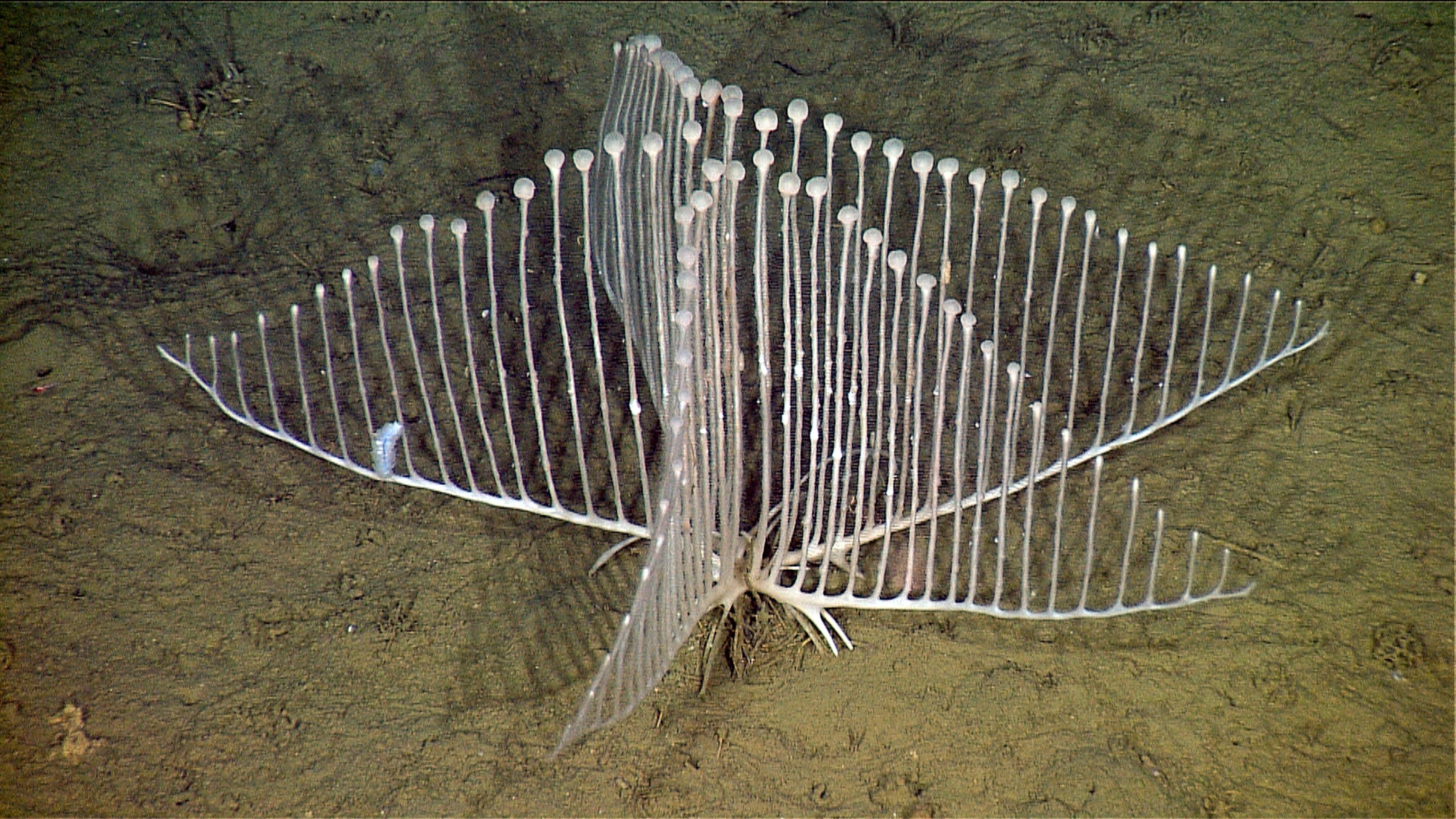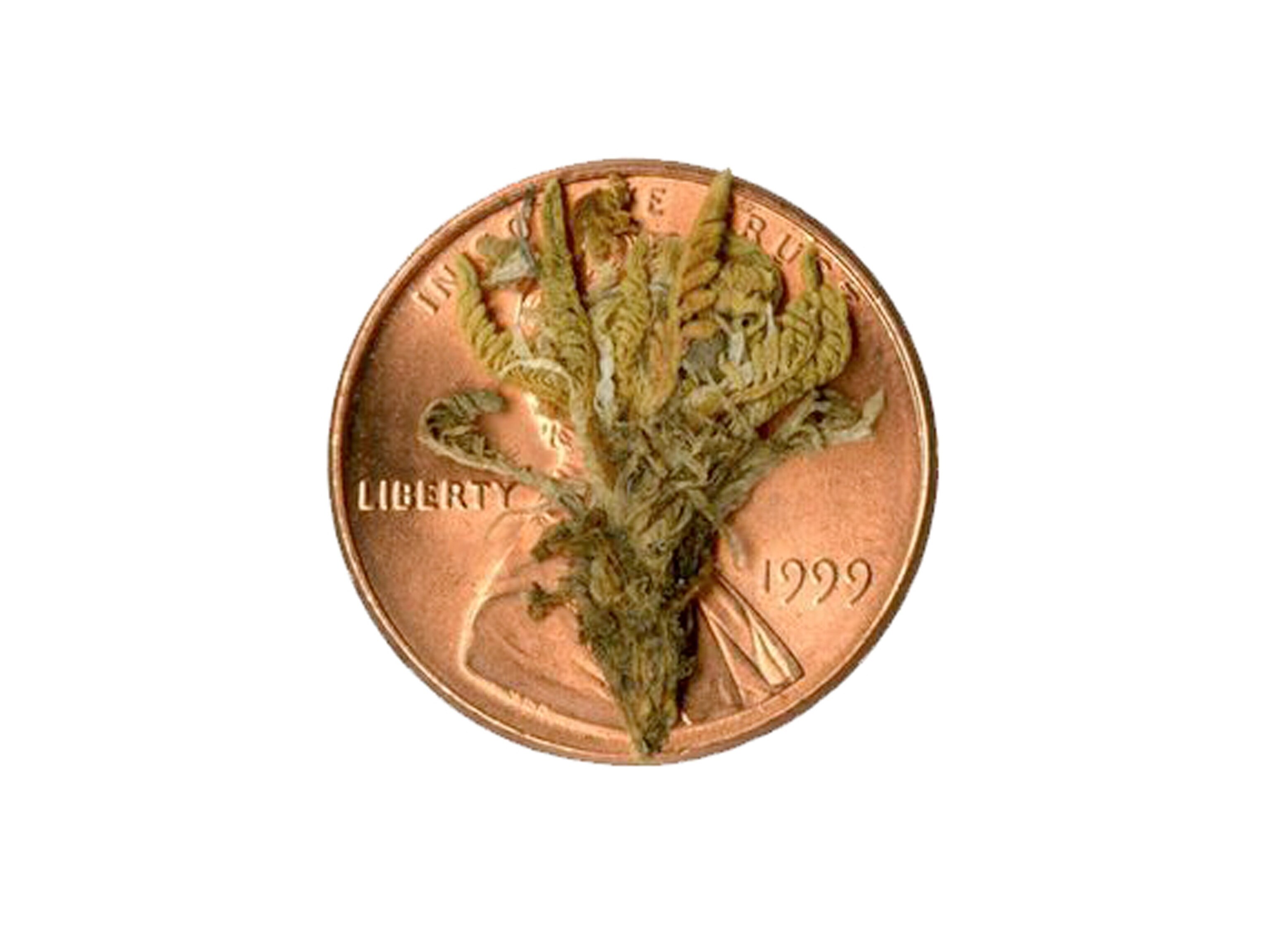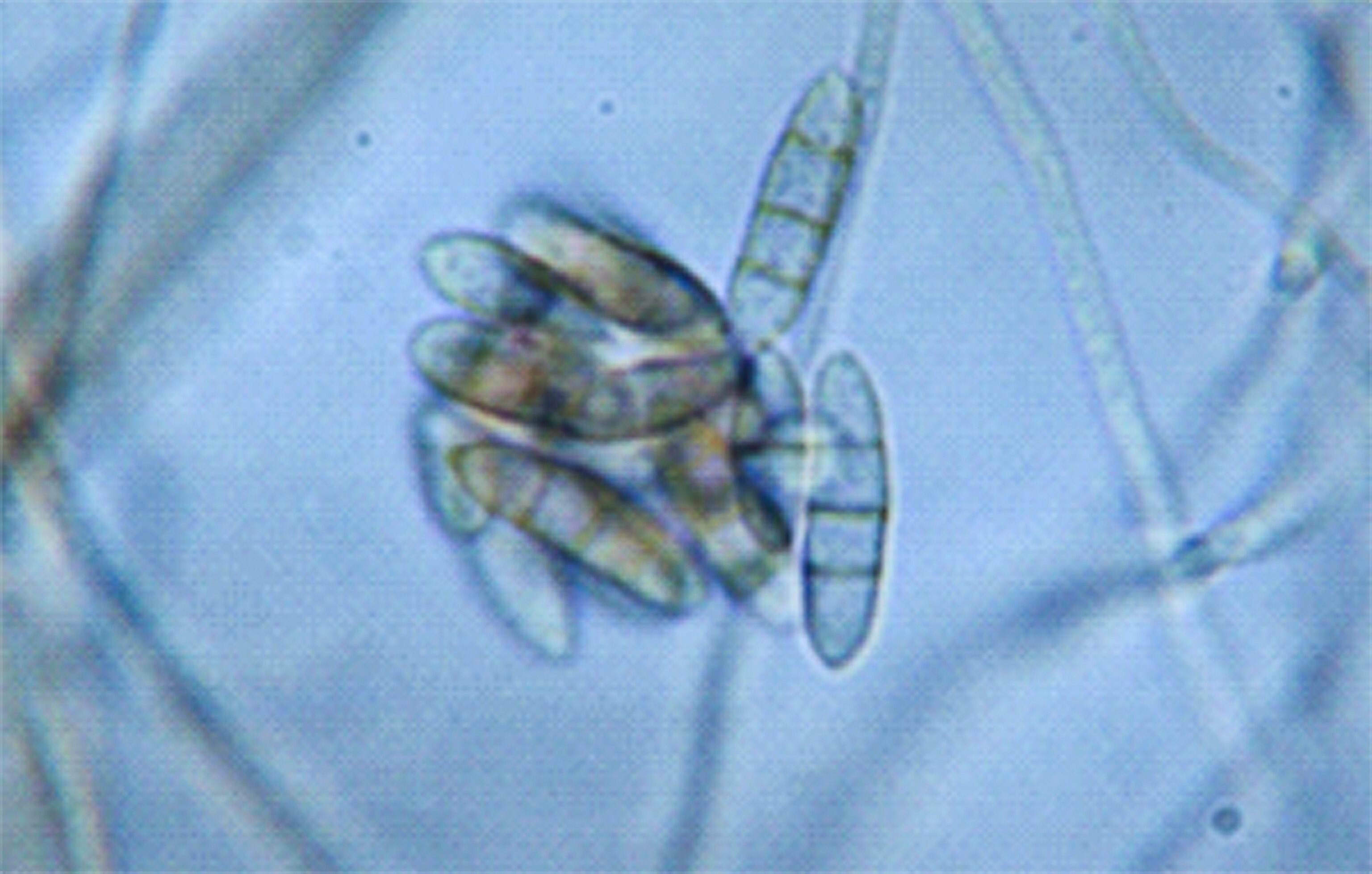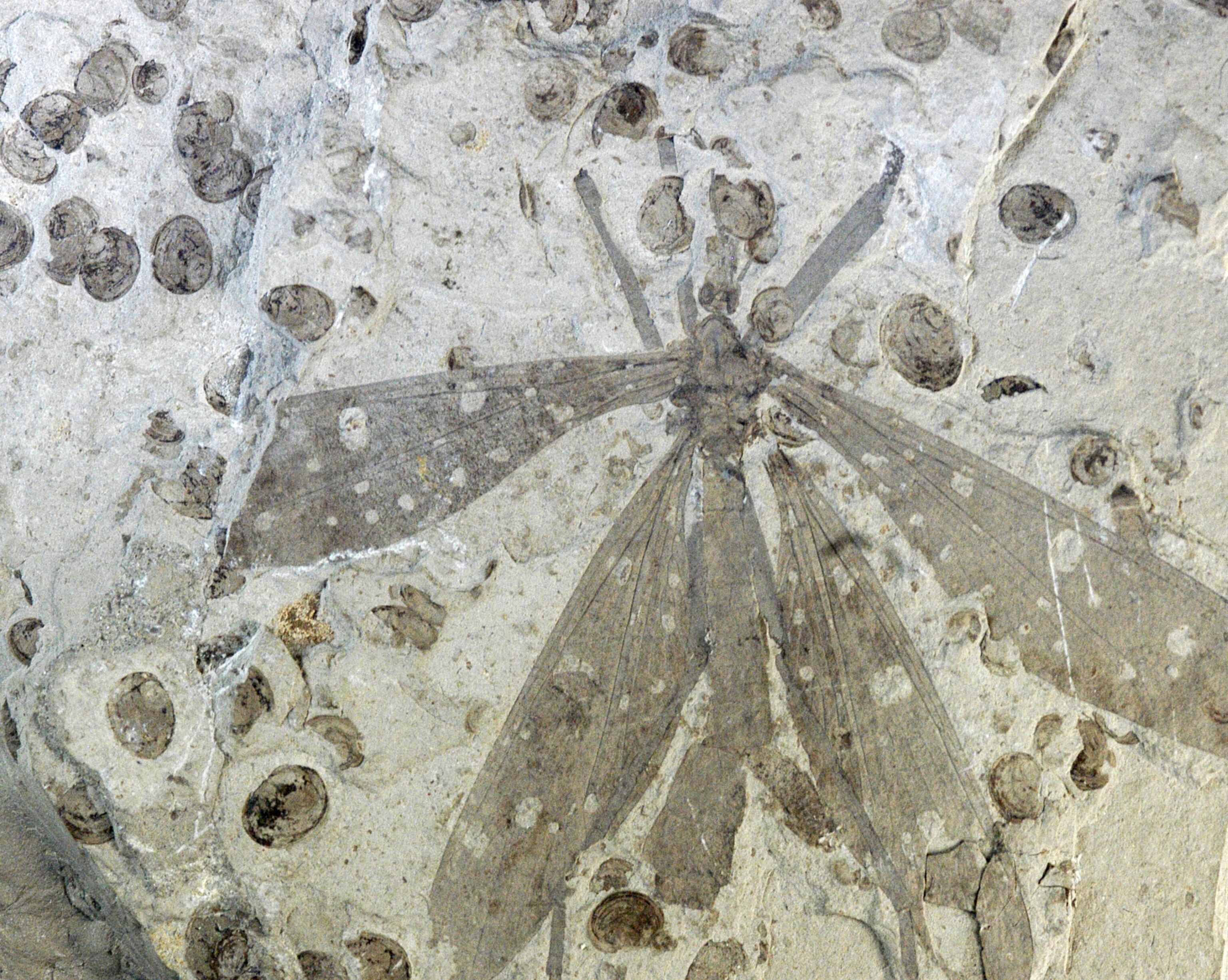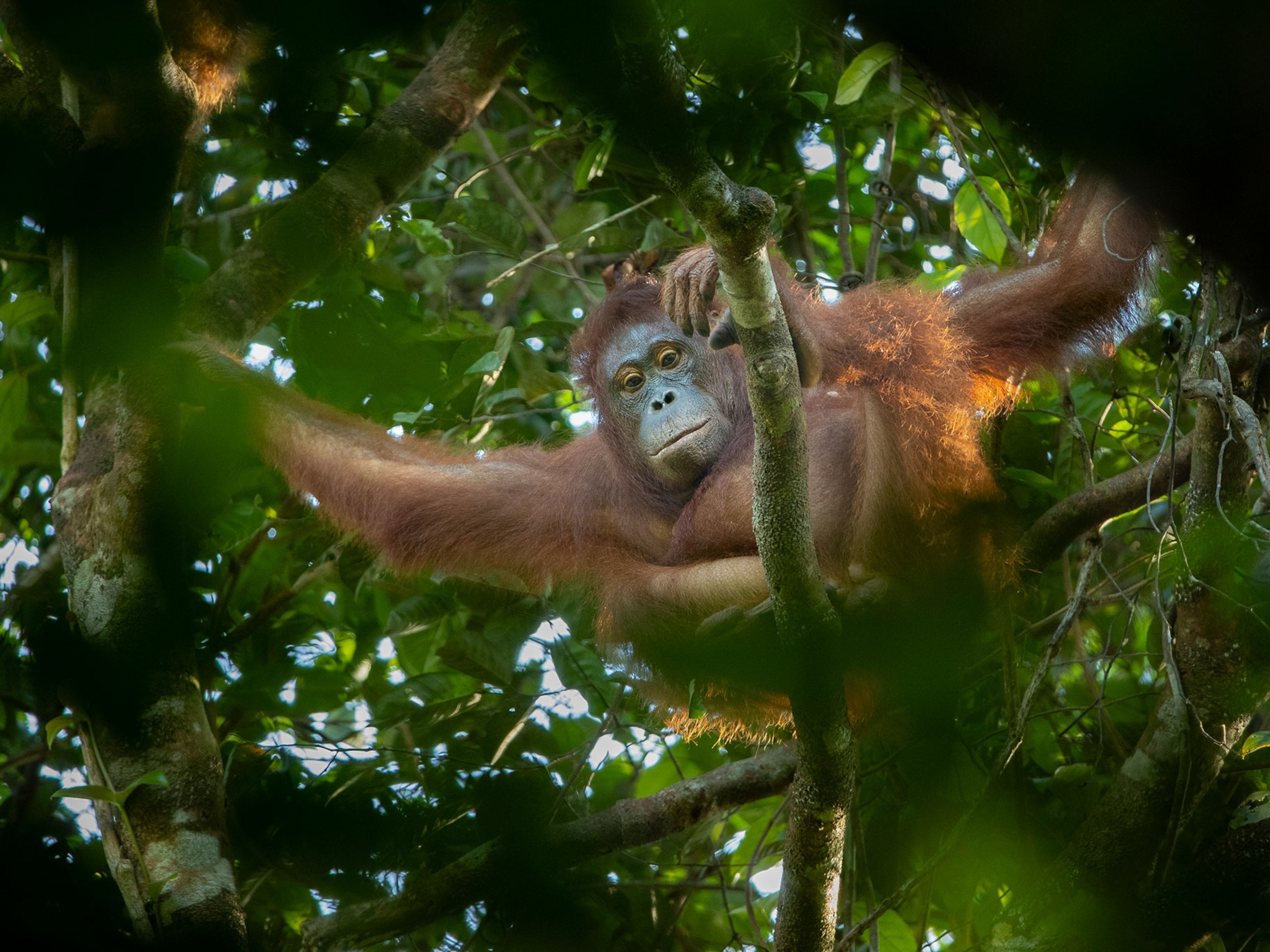Spotted by researchers in the Lomami Basin of the Democratic Republic of the Congo in 2007, the lesula monkey (Cercopithecus lomamiensis) is only the second new species of monkey found in Africa in the past 28 years.
Conservationist John Hart and a team of scientists first spotted a juvenile female at the home of a primary school teacher in the town of Opala (map). The teacher had received the monkey from a family member who had killed the youngster's mother.
The lesula monkey is one of ten newly described species from the past year that researchers at Arizona State University (ASU) hope will help raise awareness of biodiversity on Earth.
On Thursday, the ASU researchers released their list of what they say are the top 10 newly discovered species from last year, an annual tradition dating to 2007. The group always unveils the list on the anniversary of the birth of botanist Carolus Linnaeus, the man responsible for devising the scientific classification of organisms.
"There are a lot of scientists now that think we could lose 50 percent of the species [on Earth] before the end of the 21st century," said Arizona State University researcher Quentin Wheeler, who specializes in discovering new species and figuring out how they fit into the evolutionary history of life on Earth.
"I find it ironic that we're spending so much money on these telescopes to hunt for Earth-like planets while we're allowing the most Earth-like planet of all to be decimated."
—Jane J. Lee



